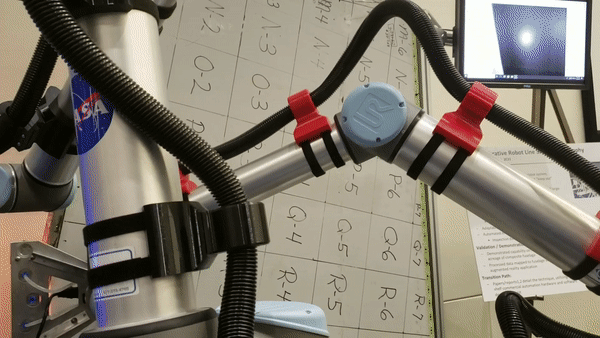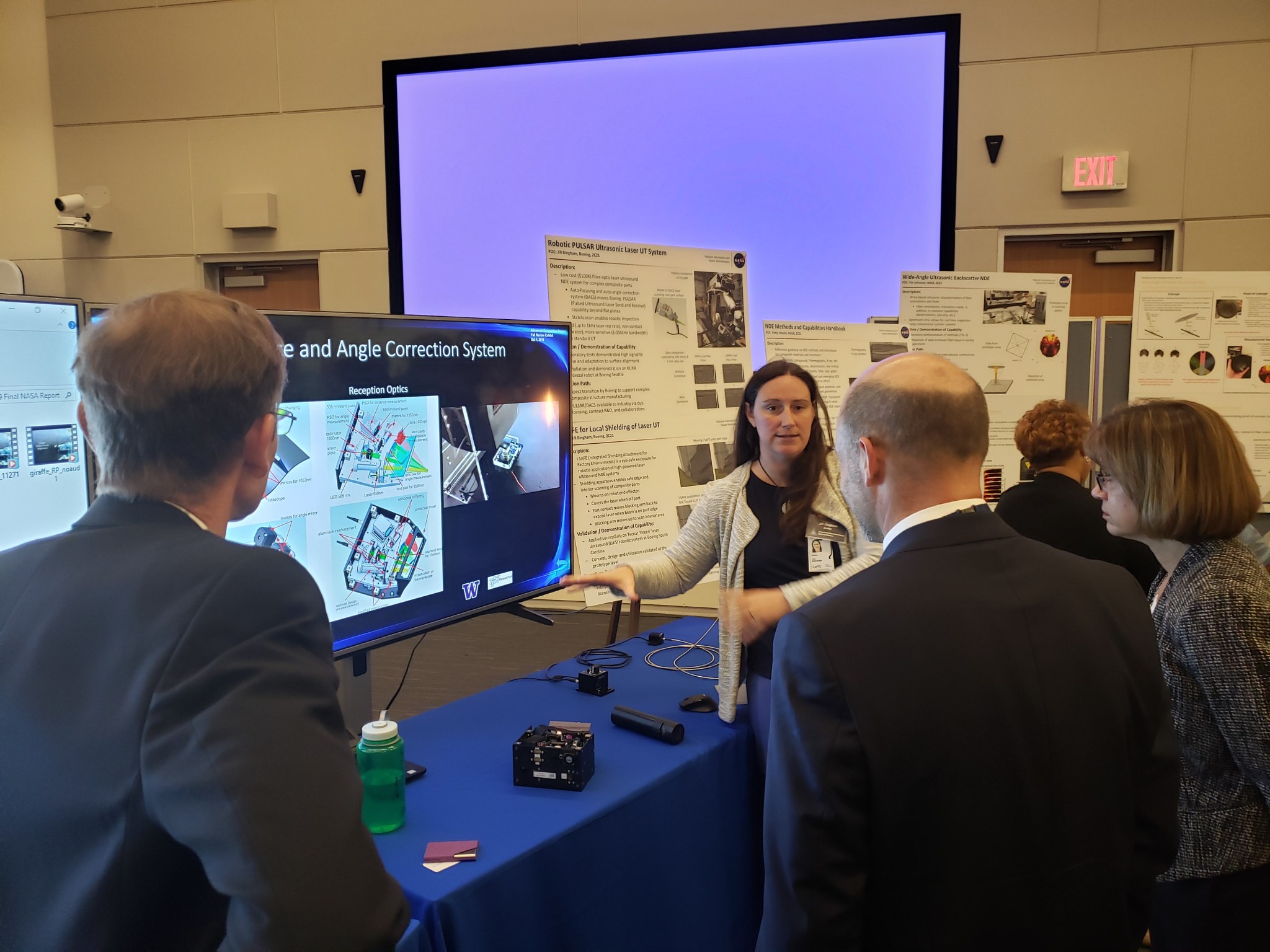Flying farther, faster, and with less fuel, meaning a cheaper ticket for commercial air travelers. That’s just one of the possible benefits of a major collaborative project that just had its final review at NASA’s Langley Research Center in Hampton, Virginia.
For the last five years NASA has partnered with academia, industry and other government agencies to research composite materials used in aerospace construction. The Advanced Composite Project (ACP) used this unique partnership to maximize the potential impact in the aeronautics industry while streamlining the transition process that normally follows the completion of a NASA project.
To achieve this level of efficiency researchers from across the country relied on each other more than ever. Instead of separate research occurring within private labs, the collaborative efforts of the ACP pushed the rate of development to new heights.
“The diverse skill set of this collaboration really increased the project’s research capabilities by allowing access to shared tools, concepts and ideas,” said Dr. Richard Young, NASA’s ACP project manager. “The project was also a 50/50 cost-share project where industry covered half the cost of the total project, split amongst the different industry partners.”
This cost-sharing also increased participants’ ability to contribute to the project, furthering what research could be accomplished.
The team’s focus was reducing the time it takes to develop and certify composite materials and structures.
“The drive to increase efficiency and lower costs is the main objective in keeping American aeronautics leading the industry in a world of emerging international markets,” said Young. “High-rate manufacturing is a key to success. We’re looking for a future with an automotive production rate but at an aerospace quality.”
Due to their light weight and high strength capabilities, composite materials are the leading competitive approach for aerospace structures. Composites are fiber reinforced plastics with a laminated construction. However, this unique material concept is subject to different types of damage.
“Due to the complexity of composites, they require a lot of experimentation,” Young explained. “So the focus of this project was to use greater use of predictive computational methods to simulate damage mechanisms, inspection methods and the manufacturing process all with the goal of increased efficiency.”
After five years of collaborative research, Dr. Young and the ACP team held a fall and final review. Over the course of three days, representatives from roughly 50 different industry partners, universities or agencies came together to highlight the research that was completed. Tables and displays showcased their individual research projects including experimental composites, damage inspections, and rapid construction methods.
“The team has been working tremendously hard to finish this project,” said Young. “Next for us is documenting what’s been accomplished because that in itself is an effort.”
Now the researchers will move forward seeking applications of the technologies they’ve discovered.
“It’s similar to going in to the bottom of the 9th inning,” said Young. “It’s a little bit saddening, but it’s good to have a conclusion to see what you’ve accomplished, take a deep breath and move on to the next challenge.”



































